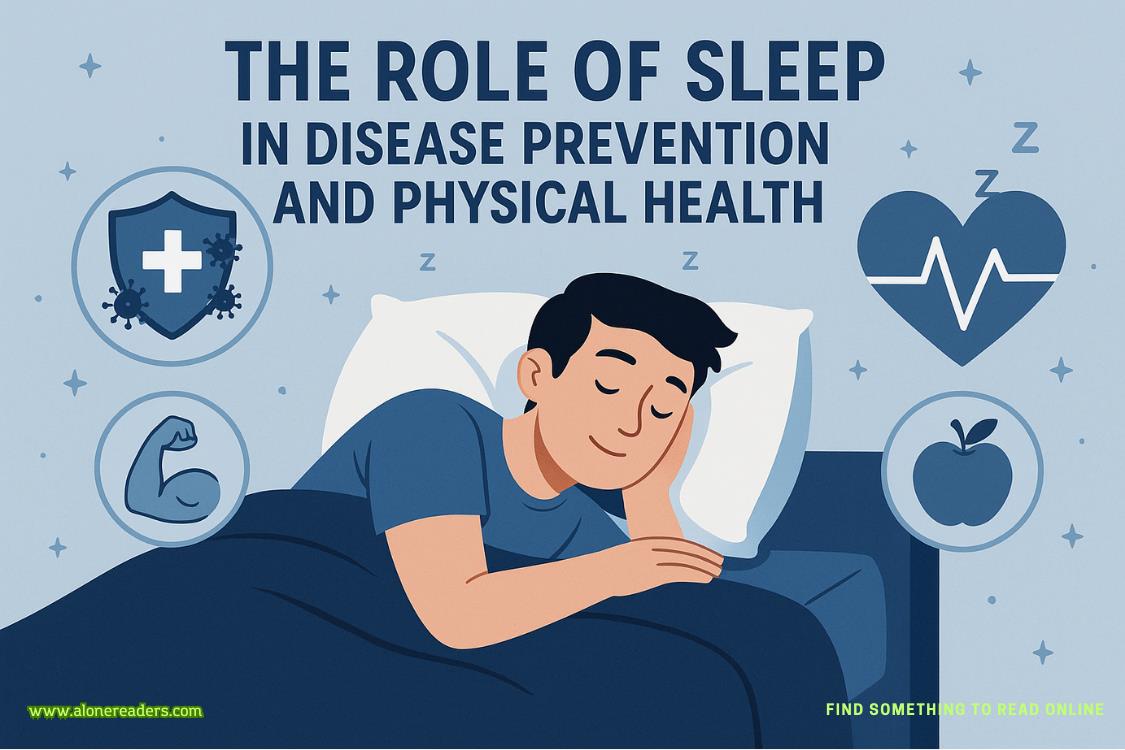Page 21 of High Season
Nina clicks on this last link. It brings her through to an article in an online pop-culture magazine with brightly colored graphics and thick, blocky text. A large picture of a young woman with veins of bright red running through her box-dye black hair, a nose ring, tattoos snaking her arms.
Imogen Faye is better known by her online moniker, truecrimefangirl_2002. That’s the name she’s been going by since she first created a TikTok account in 2020. Back then, Faye,who was eighteen at the time, was interested in sharing stories about her longtime fascination—the female victims of notorious murders, many of them that had taken place before Faye was even born. But little did she know how popular her videos would become.
Now just twenty-two, Faye is one of the world’s most-followed true-crime influencers. She attracted thousands of fans with short series about notorious murders from the noughties. But it wasn’t until her most recent story, the infamous case of society heiress Tamara Drayton, that television producers started sniffing around her channel.
There’s a video linked below, a freeze-frame of Imogen Faye looking mid-speech, a faintly gleeful expression on her face. Nina clicks. Brings her face close to the screen.
The video quality is razor sharp, despite the informality of the background. A bedroom, the sprawl of unmade sheets. Throw pillows. Red-painted walls, with three framed mugshots in black-and-white. They could seem artsy, if Nina didn’t recognize them from the true crime shows Ryan occasionally watches, even though she tells him that she hates them. A trio of notorious serial killers, their faces impassive, faintly brooding. If you didn’t know, you might think that they were actors or rock stars, the kind of men that the young woman beaming at the camera might have impossible crushes on.
“Hi, true crime besties,” truecrimefangirl_2002 gushes into the camera. “Boy, do I have a story for you today. Real, hot-off-the-press, juicy,exclusivegossip for my murder girlies.”
Nina has already watched this video so many times, she could almost mouth along. She recognizes the American accent, each dramatic pause, each tattoo that snakes the length of this girl’s arms.
“So, you probably remember the Tamara Drayton case.”
A picture of Tamara flashes on the screen. Nina’s chest still clenches. Her sister. Blake’s twin. The traces of her brother, so familiar to Nina, echoed in the face of a girl that Nina barely knew. Barely remembers.
“So, this caseslaps, it’s literally one of my faves. It wasbigback inthe noughties. Super rich family, pretty famous in the UK. The mom’s a big deal, some kind of socialite like they have over there? Anyway, they have this crazy huge mansion in France, always throwing these big, glamorous parties. Like, you have got to beseenat these things, you know? But then at one of these bashes, Evelyn’s oldest daughter, Tamara Drayton, gets found unconscious in the pool. At first, they think she’s dead, but they pull her out and Bingo! She’s got a pulse. Or at least she does for a few hours longer, before she dies at a local hospital. So, yeah. Like, some real Agatha Christie shit. Except for not really, because the whole thing actually ends up being pretty cut and dry. Turns out Tamara’s sister, Nina Drayton, who was just five years old at the time, saw exactly what happened. And oh boy, was she quick to point the finger.”
The picture of Tamara is replaced by a photograph that Nina has seen dozens of times before. Josie Jackson, back when she was sixteen. Frowning from beneath a blunt-cut fringe. Furious. Defiant.
“Nina says that she saw the babysitter, Josie Jackson, drown her sister. Turns out, these girls had a longstanding feud and a fight got out of hand. Little Nina Drayton even testifies in court. And this is a huge deal. She’s one of the youngest people to ever give evidence in a murder trial, and basically the entire case rests on this. So, Josie Jackson gets convicted. Case closed, right?”
The girl grins broadly. A tongue piercing glints in her mouth.
“Besties, no. Wrong. Because we true-crime junkies are sleuthing hard, and lots of us think Josie Jackson is kinda fire, right? I mean, she seems low-key badass. And there is so much about this case that doesn’t make sense. And at the heart of it is Nina Drayton, a little girl whose testimony changed everything. So drop a like if you are obsessed with this case, too, and you want to know the truth because I am—”
Nina exits the video. Without the whine of Imogen Faye’s voice, the kitchen feels eerily quiet. Light is beginning to filter through the patio doors, the sun rising early at this time of year.
She can’t sit here waiting for morning. She’ll go insane.
All of a sudden, Nina has an urgent, desperate desire to run.
Outside the light is pale, the air cool. The sky is glazed yellow with the promise of a new day.
Nina deliberately chooses a difficult route. Up the winding roads to the top of the hill. A run that will make her legs ache, her lungs burn. That will generate enough pain to put her back into her body instead of keeping her trapped in her head. Her muscles are coiled tight. They only loosen when she begins to run.
Exercise has always been this to Nina. A punishment and a pleasure. Every time her feet hit the ground, a wave of elation pulses through her. Proof that she is pushing herself. A promise that she is making herself into a better, stronger, thinner person. A more likable person. All the things that Nina wants to be and fears she isn’t.
Running is the one thing that stops her thinking too much. The one thing that quashes the anxiety that so often rages beneath the surface of her skin. When she weaned herself off her anxiety medication last year—with the help of a new therapist, an expert in obsessive-compulsive disorders who had a less laissez-faire attitude to pills than the psychiatrist she’d seen since childhood—running had filled the gap. She had spent countless mornings since then discovering Ryan’s side of the city, pounding across London as the light turned from indigo, to a dusky gray, to the blanched brightness of an English spring.
The medication had been a feature of her life ever since Tamara died. It had been crucial, back then, to get Nina through nights where she would wake up screaming, torn from dreams of her sister’s broken body. She still remembers those grasping, consuming visions, so terrifying that she would refuse to go to bed. She developed a trick of eating as little as possible in the evening, cutting her dinner into smaller and smaller mouthfuls, pushing food around her plate, so that she would be too hungry to fall asleep. The feeling of control it gave her was addictive, even back then. It was the first time Nina had understood how badly she needed that power.
As she navigated the difficult months of the trial, and then those strange, lost years when Tamara’s death faded into the distance, Ninastopped being able to imagine existing without the pills she swallowed with her morning orange juice. They blunted the sharp edges of her mind, made the world manageable, even when the other kids whispered about her on the playground or dared one another to ask what it was like to see a dead body (the fact that Nina had not, as it turned out, actually seen a dead body didn’t seem to bother them. It was as close as any of them had got to seeing a dead body, and that was good enough for them). She had a scaffolding around her life that held her up, and medication was the central beam.
It wasn’t until she started her master’s degree that she considered stopping. In a lecture on the dangers of prescribing to children, Nina realized that she didn’t actually know what it was like tonotbe on the cocktail of pills that she had been taking since she was five years old.
How could she assess children—perhaps even refer them on to doctors who would dish out the same medications that Nina had been on for years—if she didn’t even remember what she felt like without them?
By the time Nina summits the hill, her body is coated in a thin veil of sweat, and her chest is on fire. There is a tang of bile in her throat. She has to stop at the side of the road, bending over double, expecting herself to vomit. When she doesn’t, she straightens up and keeps running. She runs until all she can focus on is the in, out of her breath, the ache of her knees and hips each time her feet strike the ground. Just as she has done on so many mornings since she first threw away the foil packets that had filled her bathroom cabinet for years, Nina runs until she can’t feel anything anymore.
When she reaches the end of her planned route, she still can’t stand to go home. Instead, she walks all the way down to the beach. She sits on the damp sand, not caring that her leggings are getting wet. The sound of the waves is colossal against the quiet of dawn.
It feels like she is sitting on the edge of the world.
It’s almost seven by the time Nina gets back to the house. The endorphins have hit, that much-promised runner’s high threading like a current beneath her skin.
The morning feels clean and fresh and full. A better day. She’ll dowhat Blake says, she thinks. She’ll delete the email. Maybe she’ll block the sender. She’ll go home tomorrow, back to her life in London. To her flat with Ryan, and her new job. All the good things that she has managed to wrestle out of the bad things that happened to her family. All the ways that she is not defined by the death of her sister.















